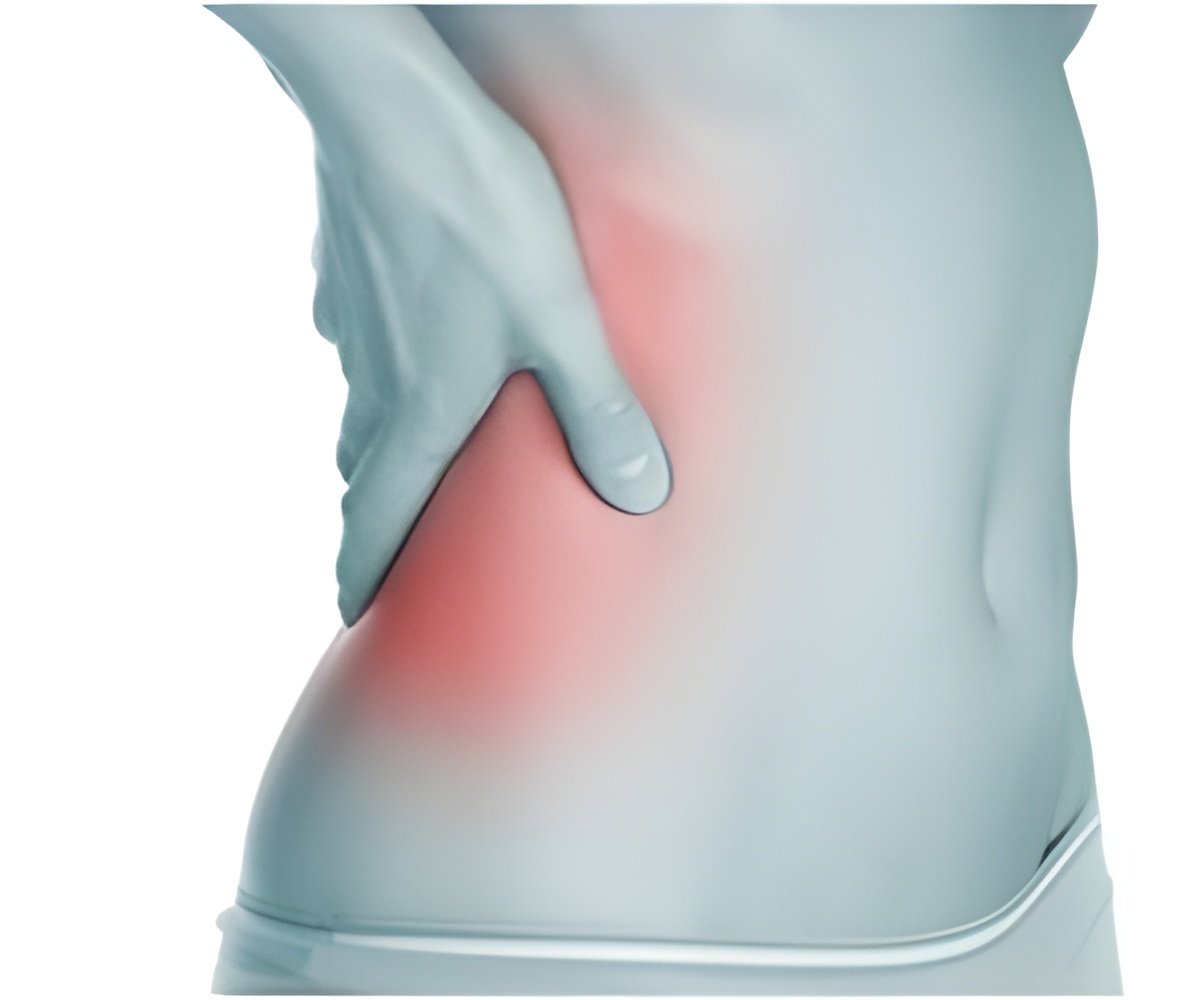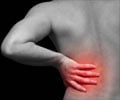
"In our study, we examined whether other compounds that appear during ischemia might work synergistically with acid upon ASIC3," explains senior study author, Dr. Edwin W. McCleskey. "We found that another compound released from ischemic muscle, adenosine tri-phosphate (ATP), works together with acid by increasing the sensitivity of ASIC3 on sensory neurons." Importantly, ATP levels have been shown to rise rapidly outside ischemic muscle cells and synergistic action of ATP and acid has been observed in animal models of ischemia.
The researchers went on to show that ATP binds to a membrane purine receptor, called P2X, and that P2X and ASIC appear to form a molecular complex that serves to sensitize ASIC to acid. "Taken together, our results help to explain the paradox that acid appears incapable of triggering ischemic pain by itself yet buffering acid severely decreases sensory detection of ischemic pain," concludes Dr. McCleskey. "ATP, which is released from oxygen-deprived contracting muscle, increases the ability of ASICs to respond to a slight decrease in pH."
Source-Eurekalert









